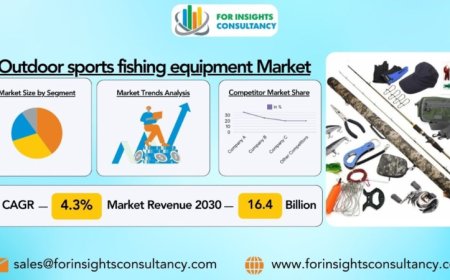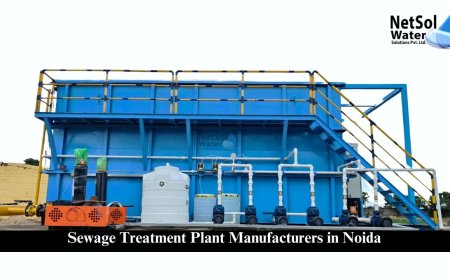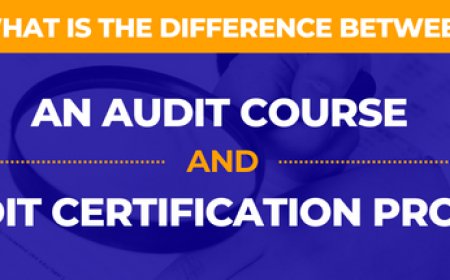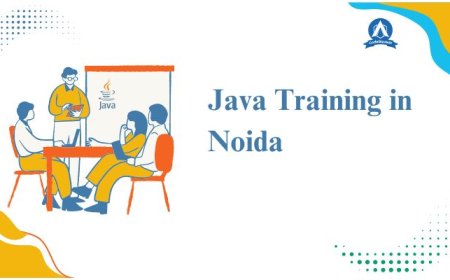The Only Data Science Roadmap You Need in 2025
Discover the ultimate roadmap to becoming a data scientist. From Python to machine learning, start your data science journey the right way.

Google could complete your sentence, and Spotify could know your mood. In case it is not magic, it is data science. Not only is it happening in 2025, but it is not only the field that is booming; it is the field that is transforming all other big industries.
Data scientists are behind every innovation, such as customer behavior forecasting and fully autonomous cars. The Future of Jobs Report (2025), released by the World Economic Forum, claims that data science is one of the most in-demand jobs on the current employment market. The U.S. Bureau of Labor Statistics predicts data science workers will increase by 36 percent between 2023 and 2033, an extremely high figure compared to all occupations on average.
In brief, data science is not only a profession to have, but it will also provide a guarantee against your occupational obsolescence in the future. What do you do to get started? This data scientist roadmap will help you learn all the skills, tools, and projects to become a pro step by step.
What Does a Data Scientist Do?
A data scientist is someone who uses data to solve 'real-world' problems. A data scientist takes data, cleans it, processes it, models it, and interprets it, using a combination of unique programming skills, mathematics, and domain knowledge. Their primary goal is to derive actionable insights from the data that will help a business scale, optimize, or innovate.
Your Data Science Roadmap
Heres a simplified overview of the data science journey:
|
Stage |
Focus Areas |
Tools & Tech |
|
Beginner |
Python, Math, Data Handling |
Python, NumPy, Pandas |
|
Intermediate |
Data Viz, SQL, ML Basics |
Seaborn, SQL, Scikit-learn |
|
Advanced |
Deep Learning, NLP, Deployment |
TensorFlow, PyTorch, Flask, AWS |
1. Learn Python for Data Science
The most renowned data science value is the Python language. It is less complex and full of libraries that can be utilized to do an analysis and machine learning.
? Start with loops, functions, OOP, and variables
? Libraries such as Matplotlib & Seaborn for graphing, Pandas for dataframes, and NumPy for numerical operations
2. Build Your Math & Statistics Foundation
There is real math behind every model. And when looking at the math, focus on:
? Probability, permutations & combinations
? Descriptive & inferential statistics.
? Linear algebra; vectors; and matrices.
? Hypothesis testing.
This aids in your understanding of how models work, and not just running models.
3. Clean and Wrangle Data
Raw data can be complex with issues such as missing values, duplicates, and outliers. Data wrangling helps you prepare your datasets for analysis.
Some key tasks:
? Identifying missing/null values
? Identifying outliers
? Merging and reshaping datasets
? Data type conversion
Most of these tasks can be performed using Pandas and NumPy.
4. Perform Exploratory Data Analysis (EDA)
Analyzing datasets to find trends or abnormalities is the goal of EDA.
Skills to learn:
? Univariate & multivariate analysis
? Histograms, scatter plots, and box plots
? Correlation matrices
? Feature engineering
Tools to Use: Seaborn, Matplotlib, and Plotly for interactivity.
5. Learn SQL for Database Handling
Typically, in the real world, we encounter data in databases and not spreadsheets.
What you will learn:
? Basic queries (SELECT, WHERE, ORDER BY)
? Joins and subqueries
? Grouping & aggregation
? Connecting SQL to Python using sqlite3 or SQLAlchemy, as SQL is necessary for working with structured data.
6. Dive Into Machine Learning (ML)
When you have data ready, it is time to create predictive models.
Start with:
? Supervised learning will cover linear/logistic regression and decision trees.
? Unsupervised learning will cover K-means and PCA
? Model evaluation will cover accuracy, Precision, recall, and F1 score.
Use Scikit-learn to implement these models and learn about overfitting and cross-validation.
7. Explore Deep Learning and NLP
Go on to more complex subjects once you feel comfortable with machine learning.
Deep Learning
? Create Neural networks with TensorFlow or PyTorch
? Learn CNNs with image classification
? Learn the backpropagation and activation functions
Natural Language Processing (NLP)
? Study sentiment analysis, stemming, and tokenization.
? Use libraries like NLTK or spaCy.
? Create a news classifier or chatbot.
8. Build Real-World Projects
Employers look for portfolios and not certificates. Project ideas to work on:
? Predict stock price with regression
? Detect spam emails
? Build a personal voice assistant
? Identify churn for a telecom company
Upload your code to GitHub and write clean documentation.
9. Learn Cloud, Deployment & DevOps Basics
Your model has to reach users or stakeholders; that's what deployment is for!
Learn about:
? Web frameworks (Flask, FastAPI)
? Deploying web services on cloud platforms (AWS, GCP, or Heroku)
? Containerization or microservices (using Docker)
? CI/CD - deploy to production with continuous delivery
These skills uniquely qualify you as an "end-to-end" data scientist.
10. Stay Updated & Build Your Network
Data science evolves quickly, so it is important to stay updated through:
? Blogs (GeeksforGeeks, Towards Data Science)
? YouTube (StatQuest, Krish Naik)
? Newsletters (KDnuggets, Analytics Vidhya)
? Sites like Kaggle for competitions and datasets
? LinkedIn accounts to follow experts and connect to recruiters
Conclusion
Data science is not just writing code or crunching numbers, but it is the art of asking questions, and it is about complex problem solving and storytelling with data.
The most interesting thing is that it is free. It does not matter what a fancy degree you have. As long as the individual has the correct attitude, discipline, and interest, they can crack into the profession.
Therefore, data science provides the foundation for achieving your goals, whether they involve creating AI tools, addressing climate issues, or simply pursuing a high-growth profession. It is not too late to begin. Model and analyze it; own it.





































